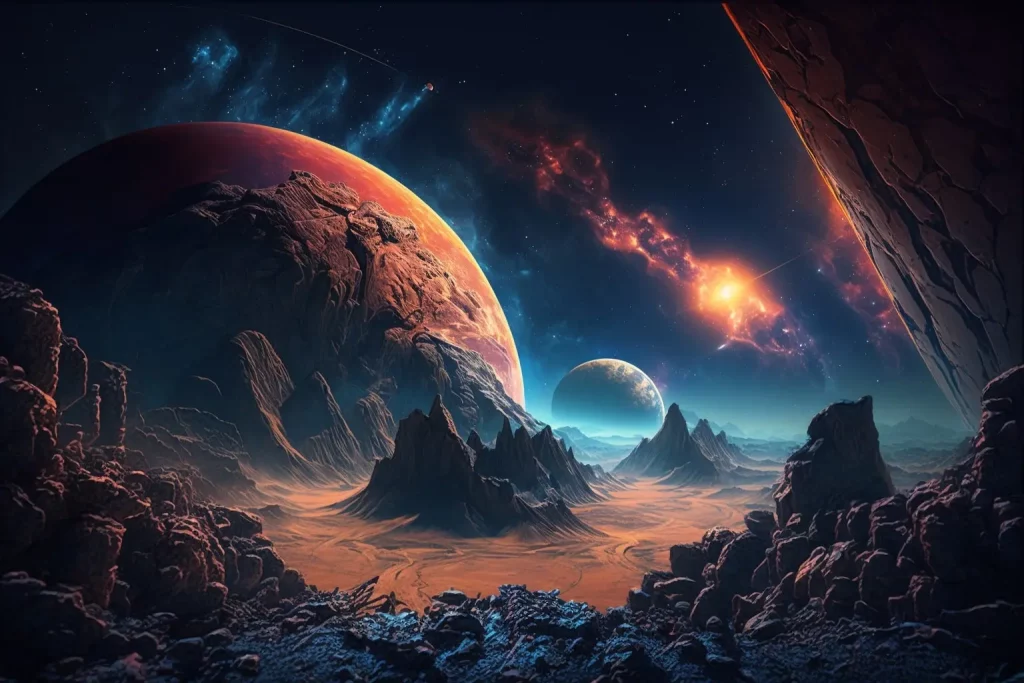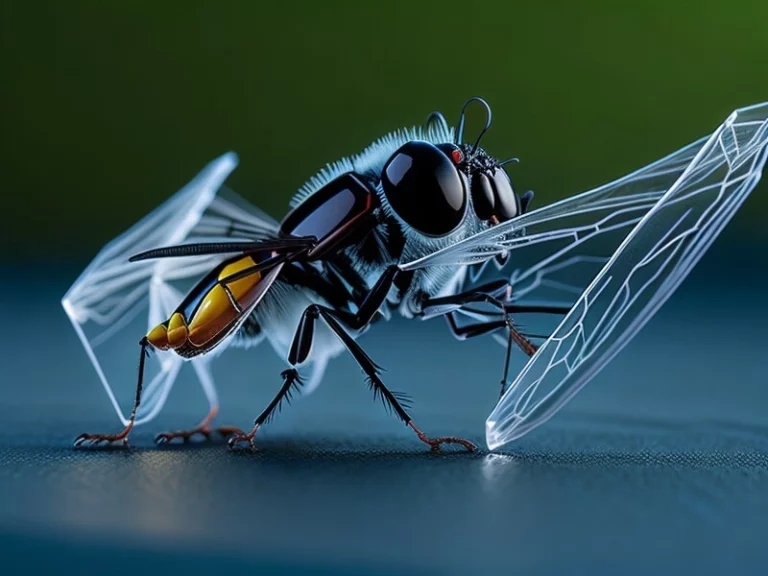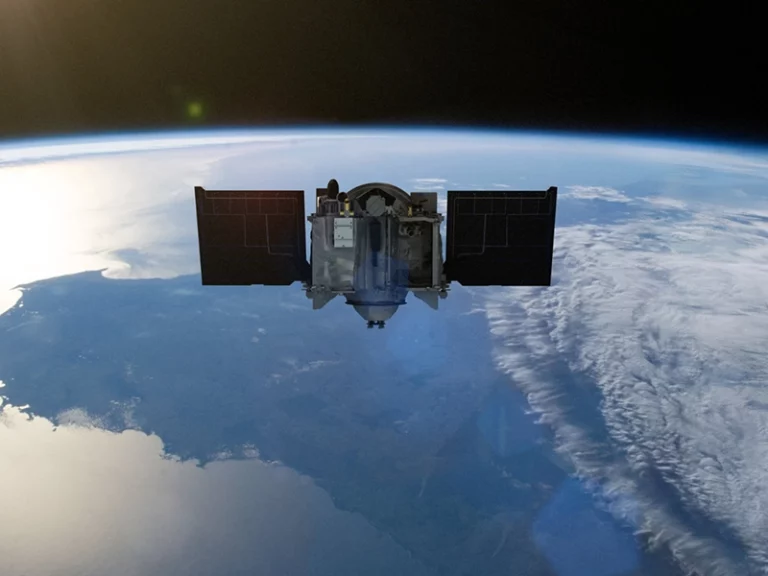Buckle up, space enthusiasts! We’ve got a lot to cover in this article and trust me, you won’t want to miss it. I’ve had my fair share of both celestial and digital discoveries. But today, we’re going to focus on the former.
Have you ever wondered what lies beyond our planet? What secrets does the universe hold? Well, wonder no more, because we’ve got the lowdown on the most stunning space discoveries that we didn’t know about until recently. Get ready to have your mind blown!

Out of This World: The Most Recent Space Discoveries
When it comes to space, it seems like every day brings a new discovery. But some of the most recent discoveries have left us scratching our heads and questioning everything we thought we knew about the universe.
For example, did you know that scientists recently discovered a massive black hole that’s 34 billion times the mass of our sun? That’s right, a billion with a “b”! To put that into perspective, that’s about 8,000 times bigger than the black hole at the center of our Milky Way galaxy. Talk about mind-boggling!
But that’s not all. In 2020, scientists discovered that there may be a parallel universe where time runs backward. Yes, you read that right. Backward. Now, I don’t know about you, but that sounds like something straight out of a sci-fi movie to me. But according to the experts, it could be a very real possibility.
- A massive black hole that is 34 billion times the mass of our sun.
- The discovery of potentially habitable exoplanets, such as Proxima Centauri b and TRAPPIST-1.
- The detection of gravitational waves confirmed Einstein’s theory of relativity and opened up a new way of observing the universe.
- Evidence of water on the moon could be used to support future human exploration.
- The first-ever image of a black hole was captured by the Event Horizon Telescope in 2019.
- The discovery of a parallel universe where time runs backward.
- The detection of phosphine gas in the atmosphere of Venus could be a sign of microbial life.
- The successful landing of NASA’s Perseverance rover on Mars in 2021, will search for signs of ancient microbial life on the red planet.
- The discovery of fast radio bursts (FRBs), mysterious radio signals that originate from deep space.
- The mapping of the cosmic microwave background radiation gave us a snapshot of the universe just 380,000 years after the Big Bang.
1. A Massive Black Hole That is 34 Billion Times the Mass of Our Sun
You may have heard of black holes before, but did you know that there is one out there that is 34 billion times more massive than our sun? That’s right, it’s called Holmberg 15A, and it’s located in the center of a galaxy called Abell 85.
This supermassive black hole is so massive that it can swallow entire stars and even entire galaxies!
2. The Discovery of Potentially Habitable Exoplanets
Are we alone in the universe? Maybe not! In recent years, scientists have discovered several potentially habitable exoplanets or planets that could support life as we know it. Two of the most exciting exoplanets discovered so far are Proxima Centauri b and TRAPPIST-1.
Proxima Centauri b is located just 4.2 light years away from us and is orbiting a star that is similar to our sun. TRAPPIST-1, on the other hand, is a system of seven Earth-sized planets that orbit a cool dwarf star.
3. The Detection of Gravitational Waves, Confirmed Einstein’s Theory of Relativity
In 2015, scientists detected gravitational waves for the first time, confirming a prediction made by Albert Einstein’s theory of general relativity a century earlier. Gravitational waves are ripples in space-time that are created when two massive objects, such as black holes, collide with each other.
This discovery opened up a new way of observing the universe, allowing scientists to “hear” the universe in a whole new way.
4. Evidence of Water on the Moon
Moon water? Yes, you read that right! In 2020, NASA announced that they had discovered evidence of water on the moon, specifically in the form of ice located in the permanently shadowed regions of the lunar poles.
This discovery could be a game-changer for future human exploration of the moon, as water is a valuable resource that can be used for drinking, growing crops, and even as rocket fuel.
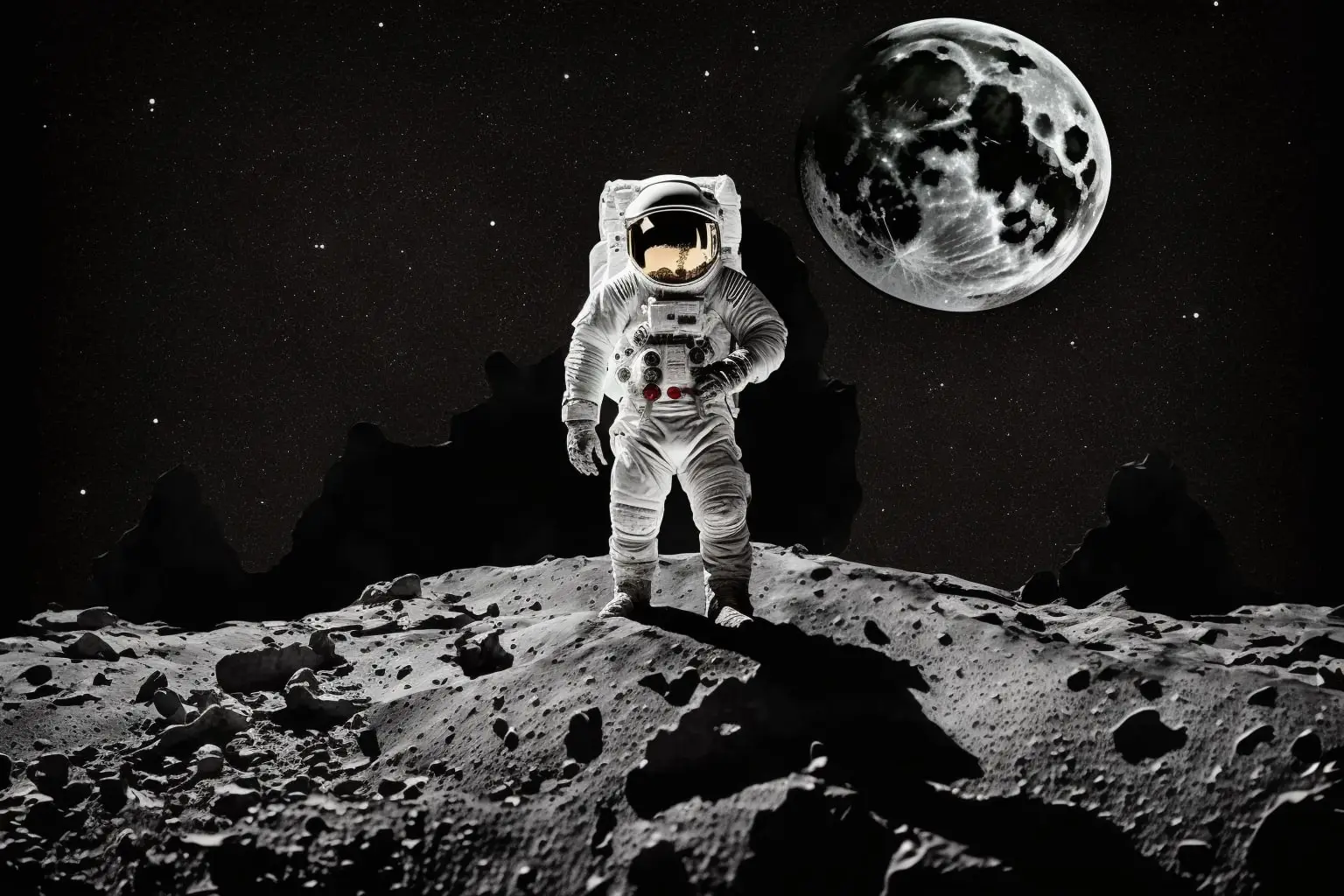
5. The First-Ever Image of a Black Hole
You’ve heard of black holes before, but have you ever seen one? In 2019, scientists working with the Event Horizon Telescope released the first-ever image of a black hole. The black hole, located in the center of a galaxy called M87, is truly massive – 6.5 billion times more massive than our sun!
This groundbreaking image gave us a glimpse into the mysterious world of black holes and showed us just how powerful and awe-inspiring they can be.
6. The Discovery of a Parallel Universe Where Time Runs Backwards
If you thought time travel was just science fiction, think again! In 2020, scientists at CERN announced that they had discovered evidence of a parallel universe where time runs backward.
According to the researchers, the universe operates in a mirror image to our own, where antimatter is dominant and time runs in reverse. While this discovery is still highly debated and requires further research, it’s definitely mind-bending to think about!
7. The Detection of Phosphine Gas in the Atmosphere of Venus
Could there be life on Venus? In 2020, scientists announced that they had detected phosphine gas in the atmosphere of Venus, which could be a sign of microbial life. Phosphine gas is a highly toxic gas that is typically associated with living organisms.
While the discovery of phosphine in the Venusian atmosphere is not a confirmation of life, it’s definitely an intriguing find that warrants further investigation.
8. The Detection of Fast Radio Bursts, Which Are Mysterious Signals from Deep Space
Fast radio bursts are brief, intense bursts of radio waves that come from deep space. These signals are incredibly mysterious and have puzzled scientists since their discovery in 2007.
In recent years, researchers have made progress in understanding these mysterious signals, including the discovery of repeating fast radio bursts and the localization of one of these bursts to a specific galaxy. While we still don’t know the source of these signals, these discoveries are bringing us closer to unraveling this cosmic mystery.
9. The Discovery of a “Super Earth” That Could Potentially Support Life
In 2019, scientists announced the discovery of a “super-Earth” called GJ 357 d, located just 31 light years away from us. GJ 357 d is about 1.5 times the size of Earth and is located in the habitable zone of its star, meaning that it could potentially support liquid water on its surface.
While we don’t yet know if this planet has an atmosphere or if it has water, this discovery is an exciting step toward finding potentially habitable worlds beyond our own.
10. The Confirmation of the Existence of Dark Matter
Dark matter is a mysterious substance that makes up about 27% of the universe, but we still know very little about it. In recent years, scientists have made progress in understanding dark matter, including the detection of a signal that is likely caused by the interaction of dark matter particles.
While we still have a lot to learn about this elusive substance, these discoveries are bringing us closer to understanding the fundamental nature of the universe.
These stunning space discoveries are just a few examples of the incredible progress that has been made in the field of space science in recent years. As we continue to explore the universe around us, who knows what other mysteries and wonders we will uncover? The possibilities are truly endless!
Taking a Closer Look: New Technologies Reveal More Than Ever Before
So how are scientists able to make these mind-blowing discoveries? Well, thanks to advances in technology, we’re able to see further and explore deeper than ever before.
One such technology is the James Webb Space Telescope, which launched on 25 December 2021. This incredible telescope will be able to see back in time to when the first galaxies were forming, giving us a glimpse into the earliest days of the universe. It’s like having a time machine!
And let’s not forget about the Mars 2020 mission, which recently landed the Perseverance rover on the red planet. This incredible feat of engineering will allow us to explore Mars like never before, and who knows what discoveries we’ll make.
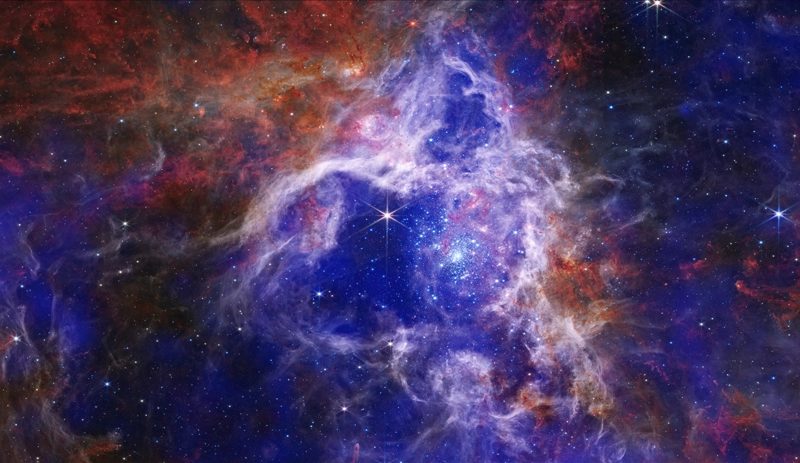
This is a stunning image taken by James Webb Telescope in 2023. To find this and other images in high quality, visit this link to the official 2023 images album by NASA.
Here is a list of the most famous telescopes which have contributed through the years:
- Hubble Space Telescope – Operational since 1990
- Chandra X-ray Observatory – Operational since 1999
- Spitzer Space Telescope – Operational from 2003 to 2020
- Fermi Gamma-ray Space Telescope – Operational since 2008
- Kepler Space Telescope – Operational from 2009 to 2018
- James Webb Space Telescope – Expected to be operational in 2021
- Compton Gamma Ray Observatory – Operational from 1991 to 2000
- Wilkinson Microwave Anisotropy Probe – Operational from 2001 to 2010
- Solar Dynamics Observatory – Operational since 2010
- Infrared Astronomical Satellite – Operational from 1983 to 1984
These space telescopes have greatly contributed to our understanding of the universe and have allowed us to make groundbreaking discoveries in the field of astronomy.
The Future of Space Exploration: What’s Next?
So what’s next for space exploration? With so many discoveries being made and technologies being developed, the possibilities are endless. But one thing is for sure, the future is looking bright (or should I say, out of this world?).
For example, SpaceX, the private space company founded by Elon Musk, has big plans for the future of space exploration. They’re currently developing a reusable rocket system that could potentially take humans to Mars and beyond. Now that’s what I call thinking big!
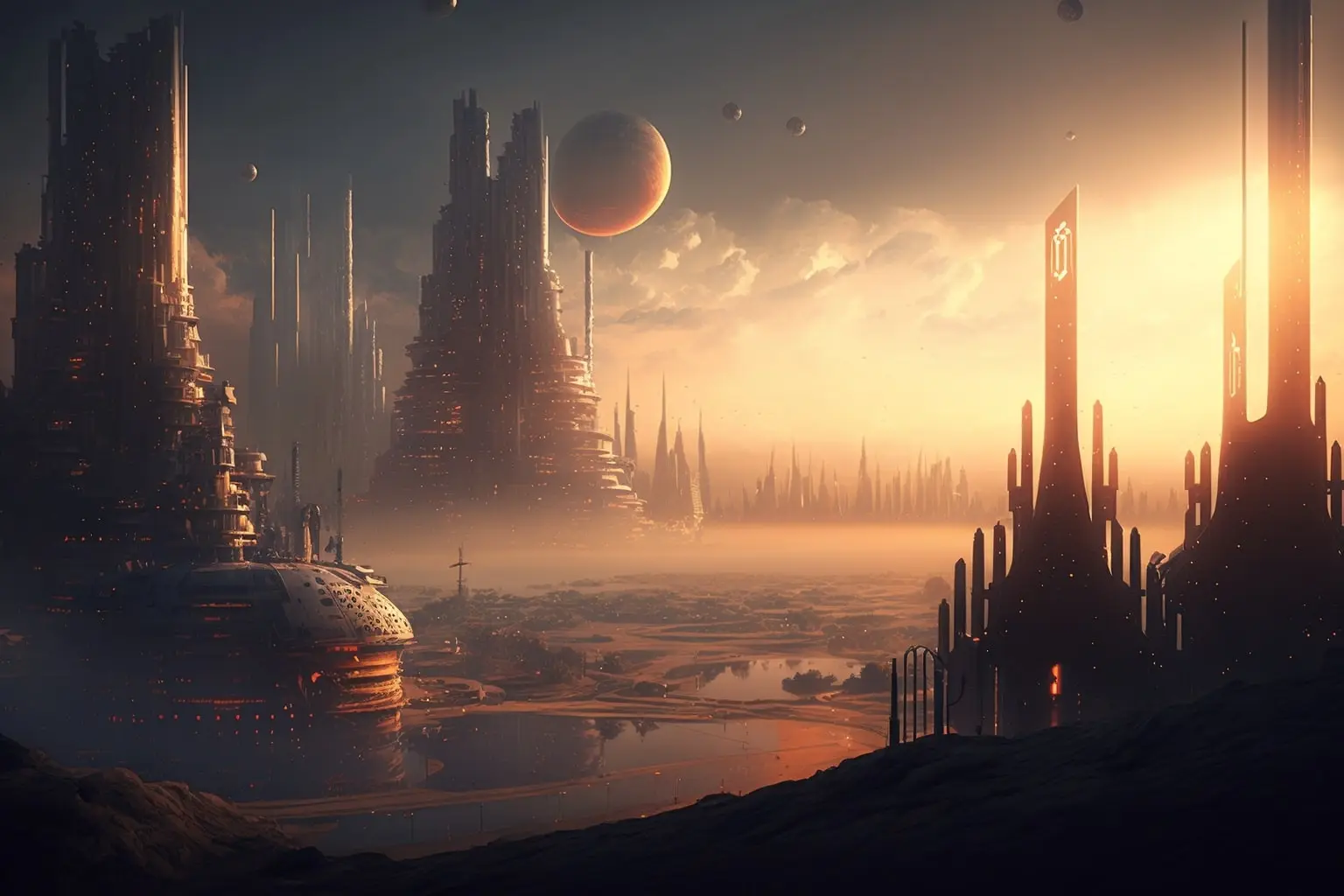
And speaking of Mars, NASA has plans to send humans to the red planet by the 2030s. Imagine what discoveries we’ll make when we have boots on the ground!
Conclusion: The Final Frontier Continues to Amaze Us
In conclusion, the universe continues to surprise and amaze us with its infinite mysteries and discoveries. From massive black holes to parallel universes, there’s no telling what we’ll discover next.
But one thing is for sure, I’ll be keeping a close eye on the latest space news and developments. Who knows, maybe one day I’ll even get to experience space travel for myself. Imagine publishing an article about space from space, mindblowing!
In this other article, I answer the question of why aren’t we landing on the moon again.
So what do you think? Are you as fascinated by space as I am? What recent discoveries have left you in awe? Let me know on TechVortex Facebook Page.
Reference:
Webb Image Release- Webb Space Telescope GSFC/NASA. (n.d.). Link
Space exploration – Wikipedia. Link

